 The square of the sum of two quantities is equal to the SQuare of the first, plus twice the product of the first by the second, plus the square of the second. The square of the sum of two quantities is equal to the SQuare of the first, plus twice the product of the first by the second, plus the square of the second.  The Complete Algebra ... - Page 49by Edward Olney - 1881 - 439 pagesFull view The Complete Algebra ... - Page 49by Edward Olney - 1881 - 439 pagesFull view - About this book
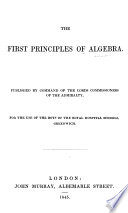 | Admiralty - 1845 - 152 pages
...quantities, is equal to the difference of the squares of those quantities." From the 2nd of these we see that "The square of the sum of two quantities, is equal to the sum of their squares, plus twice their product." From the 3rd of these we see that "The square of the... | |
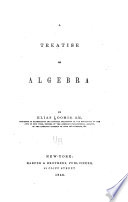 | Elias Loomis - Algebra - 1846 - 380 pages
...Theorems are of such extensive application that they should be carefully committed to memory. THEOREM I. The square of the sum of two quantities is equal to...square of the first, plus twice the product of the first by the second, plus the square of the second. Thus if we multiply a + b By a + b a2 + ab ab+b2... | |
 | Elias Loomis - Algebra - 1846 - 376 pages
...Theorems are of such extensive application that they should be carefully committed to memory. THEOREM I. The square of the sum of two quantities is equal to the square of the first, plus twice the product j)f the first by the second, plus the square of the second. Thus if we multiply a + b By a + b a2 -\-... | |
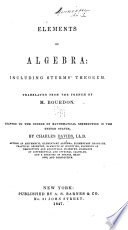 | Algebra - 1847 - 386 pages
...multiplication of algébrale quantities in the demonstration of the following theorems. THEOREM I. The square of the sum of two quantities is equal to the square of the ßrst, plus twice the product of the ßrst by the second, plus the square of the second. : Let a denote... | |
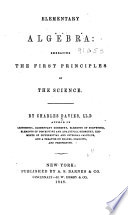 | Charles Davies - Algebra - 1848 - 302 pages
...to form the square or second power of the binomial (a-\-b). We have, from known principles, That is, the square of the sum of two quantities is equal to...square of the first, plus twice the product of the first by the second, plus the square of the second. 1. Form the square of 2a+3b. We have from the rule... | |
 | Joseph Ray - Algebra - 1848 - 250 pages
...be a2+2a6+62; thus: a+6 a+6 a2+a6 But a-\-b IB the sum of the quantities, a and 6 ; hence THEOREM I. The square of the sum of two quantities, is equal...square of the first, plus twice the product of the first by the second, plus the square of the second. EXAMPLES. NOTE. — The instructor should read... | |
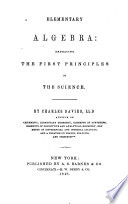 | Charles Davies - Algebra - 1848 - 300 pages
...to form the square or second power of the binomial (a+i). We have, from known principles, That is, the square of the sum of two quantities is equal to the square of the jlrst, plus twice the product of the first by the second, plus the square of the- second. 1. Form the... | |
 | Algebra - 1848 - 394 pages
...the multiplication of algebraic quantities in the demonstration of the following theorems. THEOREM I. The square of the sum of two quantities is equal to the squarg vf the first, plus twice the product of the first by the second, plut the square of the second.... | |
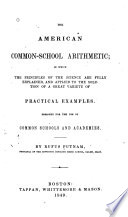 | Rufus Putnam - Arithmetic - 1849 - 402 pages
...+ 3)*. From these examples and illustrations, wo see that the square of the sum of any two numbers is equal to the square of the first, plus twice the product of the first into the second, plus the square of the second. 5. Find by this method the square of4-f-3; 5-f-8;... | |
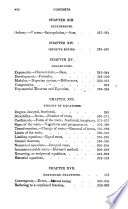 | Stephen Chase - Algebra - 1849 - 348 pages
...have (a+6) 2 = (a+J) (a+J) = a2+2ab+b2. That is, THEOREM I. The square of the sum of two numbers i> equal to the square of the first, plus twice the product of tlte Jirst by the second, plus the square of the second. Or, more briefly, The square of the sum of... | |
| |